
7 things you should know about Kamishibai (and its use).
You have probably heard about the revolution that Kamishibai's universe is provoking and, if you’ve been lucky, you will have seen it in action, you will have been captivated by its great power of attraction and its unique (and analogue) way of telling stories.
But, do you know everything (or almost everything) that there is to know about it? If not, keep on reading!
1. What is “Kamishibai”?
Kamishibai is a revolutionary act. A breath of pure, fresh and liberating air in a world surrounded by electronic devices that devour our attention, virtualize our socialization and close the doors to our imagination. Yes, we're talking about you, iPad, or you, TV.
It literally means “paper drama” and it is a way of telling stories of oral tradition that originated in Buddhist temples in Japan, back in the long past 12th century.
Monks used parchments that combined images and text to tell stories to audiences that, back then, were mainly illiterate. In the early 1920s, Kamishibai resurfaced as a traditional way to tell stories through the Gaito Kamishibaiya.

2. And who were the Gaito Kamishibaiya?
They were narrators that carried their butai (Kamishibai theater) from village to village atop their bikes, to bring stories to children. In return, of course (once the stories were finished), the Gaito would sell candy to youngsters, since this was their way of earning a living.
Upon arriving to villages, the Gaito played an instrument called Hyoshigi (which are like two wooden sticks) to grab the attention of young ones hungry for stories. What whirlwinds formed around their bikes!
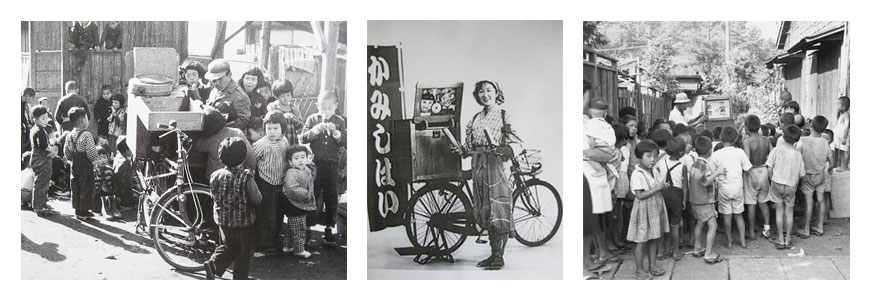
3. Why is Kamishibai special and why does it attract its audience so much?
Kamishibai is something magical. It's a story, it's a theater, it's a unique way of interacting with your audience... in short, it's a window to the imagination.
A wooden briefcase that opens its doors and creates a stage where your audience gathers around it. Inside it, a story divided into cards printed on both sides: one side (front) with the illustration and another side (back) with the text and with an image of what is being seen in front.


From then on, the sky is the limit. “To infinity and beyond!” – as our friend Buzz Lightyear put it.
In our PRO (A3) version we include material so that you can wreak some havoc (depending on the story): CD with original music, paper doll puppets, etc. We also recommend in this case that you dress up, play with lights, and everything you can come up with!
For the Family (A4) version we assume you will have plenty of material at home to use (stuffed animals, your kids’ or your own drawings, their favorite music…).
Think that you are creating a theater stage where… everything is welcome!
4. What are the best stories to tell with your Kamishibai?
This is the best thing about Kamishibai because… Kamishibai does not have any rules!
You can use it to:
- Tell stories and entertain.
- Teach languages (keep in mind that our Kamishibai story cards come in 4 languages).
- Convey educational values. Tell stories with educational messages and teach values to your young (or adult!) audience.
- Engage in the practice of yoga (yoga + Kamishibai, guaranteed success!).
- Make succulent recipes and stimulate the taste for different flavors (as Cosimo and Cosima do).
- Discover and communicate messages on a transpersonal level beyond the limits of rational language (something that takes place in The Secret of the Mountain).
- Work in a team. Make your audience interact with one another and discover how this small theater brings the best out of everyone. Ask them questions, dare them, have them help you tell the story… Go team!
- Create your own stories! Of course there is, we are sure, a specific theme you would like to share with your audience that has not yet been written. Go ahead, don’t be afraid and become an author (or illustrator)!
We have blank story cards (with spectacular thickness and paper quality) so you can create it yourself:
- DIY Kamishibai PRO A3 Story Cards for the Kamishibai PRO Theater (BIG A3) (420x297mm)
- DIY Kamishibai FAMILY A4 Story Cards for the Kamishibai FAMILY Theater (MINI A4) (297x210mm)
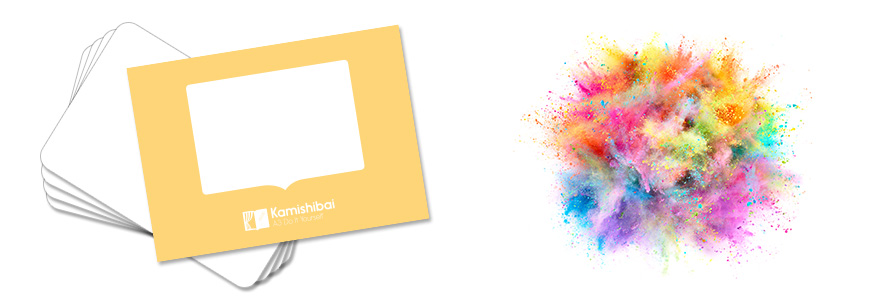
5. Is it hard to use Kamishibai?
Not at all! It’s true that before becoming an authentic gaito kamishibaiya you will need to familiarize yourself with the butai (theater), with how to pass the story cards, etc.
The good thing about our PRO (BIG A3) theater is that we include a very complete guide to how to use it and truly take advantage of all its possibilities.
For the FAMILY (MINI A4) you can find a fantastic selection of activities here.
And here you have a small guide with simple steps (our bear Maku will help you).
Every now and then we organize theater narration workshops for the PRO (BIG A3) theater and here is where you truly become an authentic Kamishibai Master.
But let us tell you again… you are the boss here and you set your own limits!
6. Where can I use my Kamishibai?
Except under water (we still have not launched our waterproof version)… anywhere where there's an audience!
And here is where we are going to make a small differentiation so you can choose the theater that best adapts to your needs. You probably already know that we have two sizes:
The Kamishibai FAMILY (MINI A4) is perfect for small audiences and around a family member. It is smaller, which makes for easy use, especially since some times the youngest members of the family will want to become a gaito kamishibaiya.
With this Kamishibai you will be able to foster the relationship with your children and allow them to spend unforgettable times in your own living room. Or when their best friend comes over, so you can entertain the both of them. Turn off the TV and open a window to imagination!
And if the living room gets boring, how about taking your Kamishibai Family Theater (MINI A4) to the kitchen and making a complete two-course meal and dessert together, following the indications of Cosimo and Cosima? Or turning the room into a small wellness space where you can practice Yoga as a family?
The Kamishibai PRO (BIG A3) is best for large audiences and a more professional use. Given its bigger size, your audience can be as large as you like. And you can use it in:
- Schools, colleges, universities… (keep in mind that you can create your own content)
- In your yoga or wellness center.
- In family constellation workshops.
- In storytelling trainings.
- In art galleries.
- In corporate or bussiness presentations (yes, believe it or not, those who have tried it no longer return to the boring PowerPoint).
- In Mastermind groups. If you belong to a Mastermind group, Kamishibai is a fantastic and clarifying tool to present your dilemma in a Hot Seat session dedicated to you.
- In a massive birthday party (sometimes it is not easy to entertain your kids’ 15 friends who have come over to binge on snacks and soda drinks)
- In your town’s square during summer festivities J
Where else can you come up with? Well, there you can too! It is a briefcase that is easy to carry and if you also have our bag where both the theater (Family A4 BAG or PRO A3 BAG) and 3 stories, say no more.
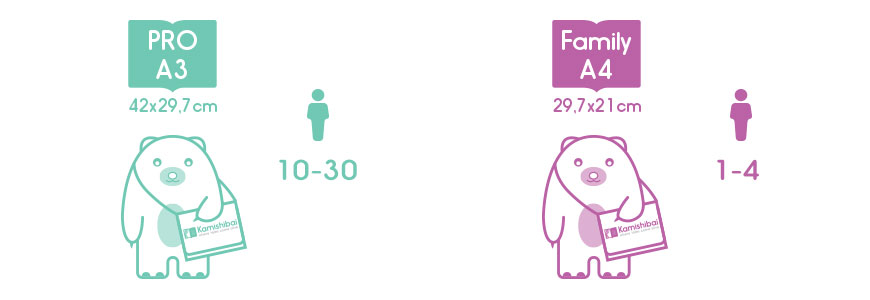
7. Are all Kamishibai the same?
No, not all Kamishibai are the same. We work with the DIN A4 and DIN A3 standards to make things a lot easier. Keep in mind that the original Japanese Kamishibai used “strange” measures for us: 38,0 x 26,3cm (14,96 x 10,35 in).
And of course, when the time comes to make your own stories it will be a lot easier for you to find cards in our sizes (and folders, etc).
Something very important about our butai (Kamishibai theater) is that its back side is open. This makes it much easier to slide the story cards from the side and place them back into the theater. There are some theaters out there that are completely closed from behind, so you have to catch the story cards from above and read the story on a separate paper. (?)
You can also find Kamishibai stories that have all the text of the story crammed into a single sheet, while you throw aside the story cards you are taking out of the theater. A real mess that can make your story consist of phrases like "sorry, what picture are you looking at?" or "please don't touch the cards I'm leaving on the table."
You can find or build your own cardboard theater but keep in mind that it will eventually break and, you would not want that to happen halfway through a show! Good and robust wood is the perfect solution. Your Kamishibai theater will last for years.
As a matter of fact, to clear up any doubts, we invite you to read the 5 features that make our Kamishibai PRO Theater (BIG A3) unique in the world.

Say what? You knew all this already? Then it's time to subscribe to our YouTube channel and learn more with our videos:
Do you have any other doubt or would like to know more about Kamishibai? Leave us your comment below and we will gladly address it. If you’d like to, share this post and help us spread the magic of Kamishibai all over the world!
Honestly? You began reading this article with curiosity, then you were overcome by a wave of enthusiasm, and finally you ended up hopelessly skeptical? Make sure you're not giving yourself any of the 11 typical excuses for not touching a Kamishibai (not even with a barge pole).
All the best, future Gaitos Kamishibaiya!
Deja un comentarioDa una respuesta
Blog categories
Archivo del blog
Buscar
Últimos comentarios
Fabiana BEGAUD
en How to illustrate a Kamishibai PRO DIY story...claudine legac
en Got a new website, blog and many renewed hopes!claudine legac
en How to tell the Kamishibai story "The Sun Cat"...Nicole MIKOLAJEK
en What would you do if you had a Kamishibai?...

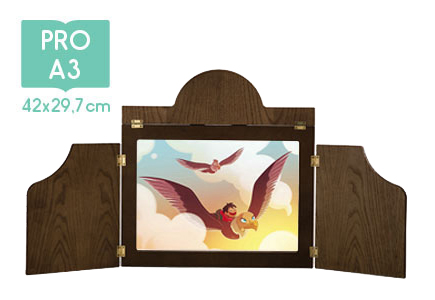

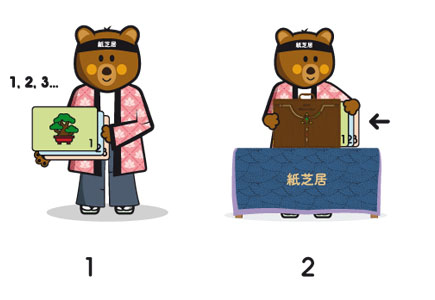
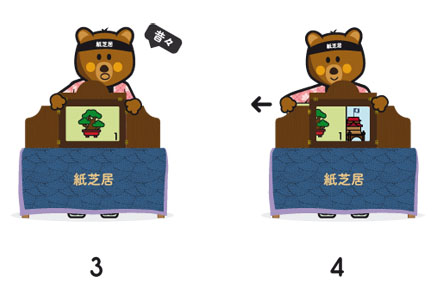

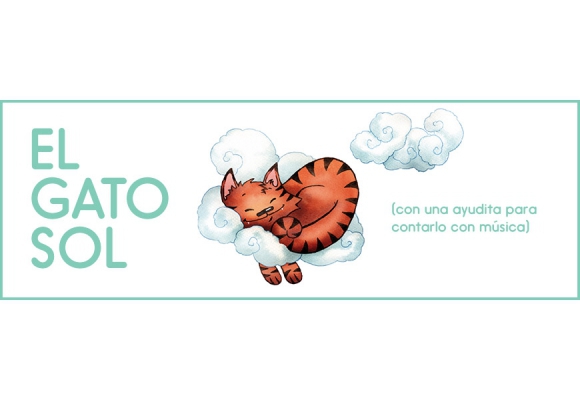
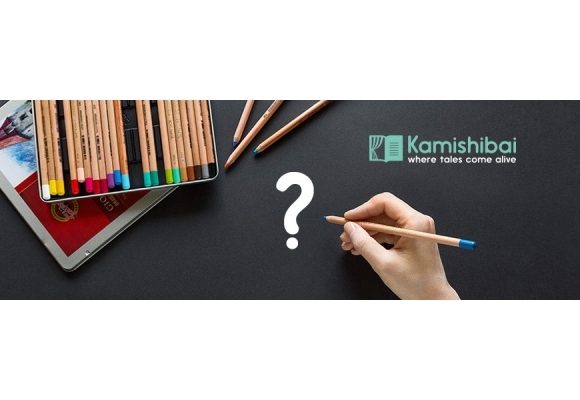

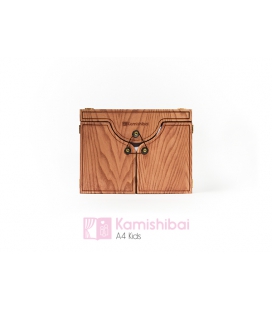


4 Comentarios
Carmen Calvo Fernández 14/11/2019
Nuestro teatro tiene más vidas que un gato! No solo lo utilizamos con las láminas Kamishibai, también lo usamos para escenario de marionetas o para representar cuentos de sombras chinescas. Incluso nos hasta nos transformamos en presentadores de televisión tras nuestro teatro! A mis peques se les ocurre mil y un usos.Iñaki de Kamishibai® Universe 14/11/2019
¡Qué genial Carmen! Lo de transformaros en presentadores de televisión detrás del teatro es un auténtico homenaje a la historia del Kamishibai. ¿Sabíais que en Japón, cuando surgió la televisión, no tenían una palabra coloquial para referirse a ella (como "tele", por ejemplo) y que durante muchos años la llamaron "Denki Kamishibai", o el Kamishibai eléctrico? ¡Larga vida a vuestro Kamishibai!José María Romero Martín 27/03/2017
Hace como un año que descubrimos el kamishibai, estoy encantado con él.Los cuentos funcionan a la perfección, tanto para los más pequeños como para los adultos.
¿Existen festivales de kamishibai, encuentros, intercambios, etc?
Me gustaría intercambiar técnicas, conocimientos, recursos... con otras personas que también estén fascinados con el kamishibai.
Jill Horne 25/10/2016
Hi....Is there a distributor in Northern California,,,USA?Regards...
Jill Horne
ps...I made 20 cards to fix my Pro Edition....today.....Yipeeeeee